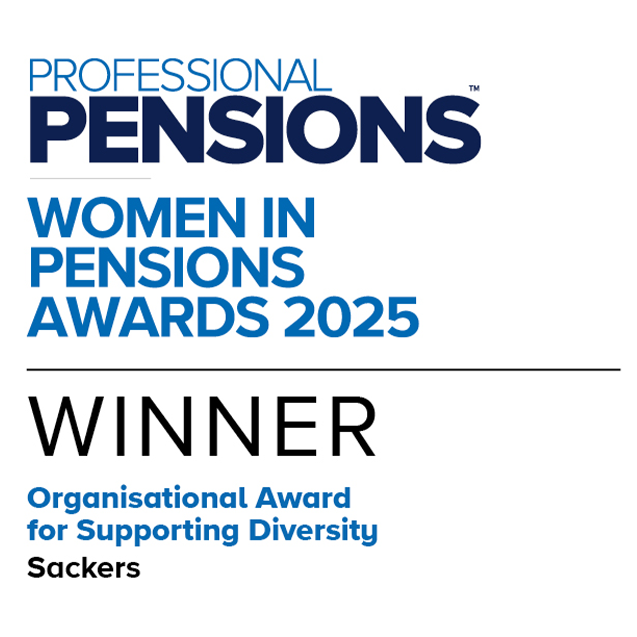Lawyers aren’t particularly well-known for their concise, accessible and easy to understand writing. But we should be, and we’ve come a long way from when every other sentence contained a Latin phrase and where commas were something to be avoided at all costs. So, we should share what we have learned. (And sometimes, it’s just nice to write about something that isn’t the law.)
Why do comms need to be accessible?
As the DC generation are becoming more mature, they are having to make increasingly difficult decisions in an increasingly complex environment. Whilst the debate continues as to what schemes should be offering at retirement and how much trustees can help members before it strays into the no-go area of “financial advice”, there are things that you can be doing now to help members find their way. And one of those is to “speak clearly” to help them understand their benefits in your scheme and what options are available to them.
Looks aren’t everything but they make a difference
When marking up a text, I used to write in red. Then one day someone commented that the coloured graph in front of them was useless, as they were colour blind. It had never occurred to me that my colourful approach wouldn’t be helpful for everyone. So, I took a step back. Taking that step back helps reminds us that people (and scheme memberships) are diverse – as well as those that are colour blind, there will be neurodivergent individuals, those with English as a second language and many who just don’t have the time or headspace to digest long dense pieces of text. You can make your member comms easier to read by:
- using subheadings
- having breaks between paragraphs
- using bullet points
- keeping sentences short
- using contrasting colours for text and background.
The British Dyslexia Association’s dyslexia friendly style guide has plenty of other useful suggestions.
Ditch the jargon
The pensions industry is filled with jargon, from casually referring to bits of legislation (section 75 debt anyone?) to acronyms aplenty (TPR, ICO, FCA – and they are just a handful of our regulators). However, we must remember that members aren’t “in the know”. Even if they have been a scheme member for 20 years, this year’s newsletter might be the first one that they open. With that in mind, try and make sure that:
- all acronyms are defined
- any pensions terminology is clearly explained
- members know where they can go for further help.
As a general rule of thumb, if you are struggling to write something in simple terms, a member will struggle to understand it. So, keep on struggling until the jargon has gone – it will be worth it.
Communication is more than just writing
I need to have everything written down (no wonder I ended up as a lawyer), but pictures or graphics work better for my daughter. Others may process information much better when they hear it. Whilst member communications have historically been in writing (and some things need to be for legal reasons), there are other ways to communicate with your members. Short videos on websites, snazzy graphics in newsletters and even podcasts can all work well. Think about your membership and whether they could benefit from different communication channels.
As we head into 2024, let’s embrace the different ways we all like to communicate. And remember, no matter how many voice notes you send me, I’ll still reply by text. And that’s ok!










